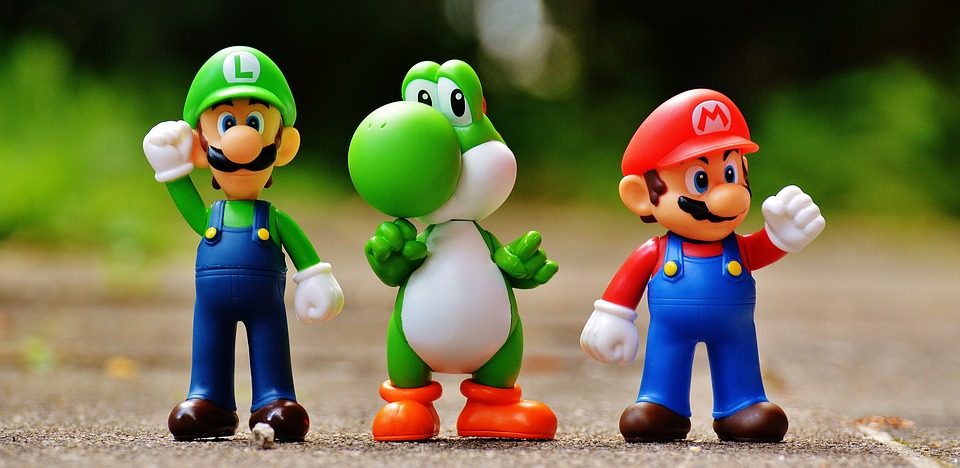06/03/18
Games Based Learning
“Digital Games-based Learning is the integration of gaming into learning experiences to increase engagement and motivation” (Higher Education Academy, 2017).

Games Based Learning is another way that digital technologies can help transfer skills and knowledge from home to the classroom and vice versa. By allowing children the chance to use and play the games they use at home in the classroom setting is allows them to progress in their holistic development. especially in the areas of their cognitive and social development as they get to share and gain knowledge about the activities from their classmates which encourages them to communicate and be social.
Using games to improve learning has many benefits for children:
- Increased motivation
- Grab attention
- Recall of information
- Reinforce knowledge
- Stress free and enjoyable
Using a games- based learning approach in the classroom it gives children the opportunity to work individually as well as encourage teamwork and collaboration. ” The link between learning and playing is longstanding and predates the digital ear by thousands of years” (Higher Education Academy, 2017). To help give teachers the knowledge support they require in the classroom when using the games based learning approach, Education Scotland started the initiative “The Consolarium”. This initiative is being used to share how to use computer games appropriately and how they can have a “positive impact on teaching and learning” (The National Archives, 2013). The role of the teacher is to ensure that games – based learning is encouraged with positivity so that it therefore has a positive impact on those who engage with it. As role models we need to make sure that games – based learning:
- has a positive impact on social skills
- supports leanring
- enhances learning
- develops skills
- provides opportunities to apply skills
Although there are many benefits to this type of learning there are also many things that teachers or users of the approach have to consider, such as identifying a game suitable for the correct age and stage of the children they will be working with as well as what part of the game is going to link to the curriculum or activity they are using it for. One of the most common potential challenges in using games based learning is ensuring that the children are given the chance to achieve their full potential when using games in the classroom, this is done by making sure the teacher has confidence not just in the games but more importantly themselves. This is so important due to the fact they are the ones introducing the children to the games and showing them what to do and how to use it and therefore to do this effectively and successfully they must be confident in what they’re doing so that the children have confidence in themselves.
During the session we got the chance to create an Interdisciplinary Plan (IDL) to show just how many areas of the curriculum that games based learning can link to:

We chose to look at the areas of Art, Technology, Mathematics and Literacy, coming up with many different activities that help show the number of curricular areas that games based learning can achieve. This helped us realised just how many beneficial and effective lessons can come from not just games based learning but what’s within this type of learning, play.
Reference List:

